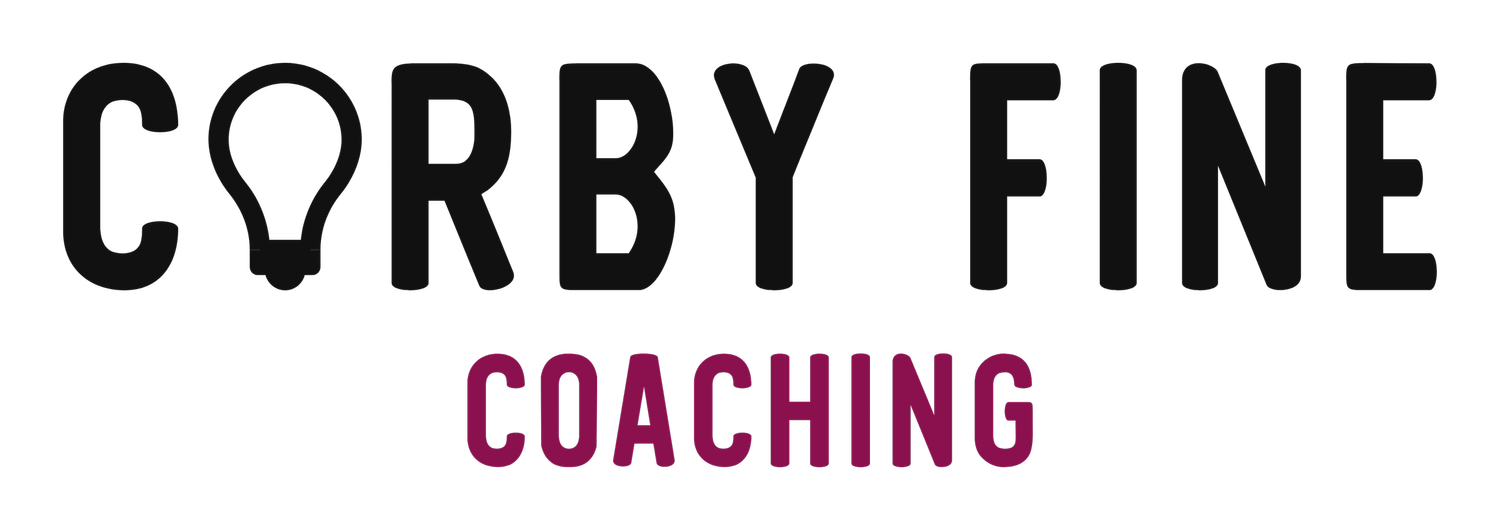To pre-meet or not to pre-meet: that is the (calendar) question
Okay, let's talk about the corporate world's favourite nesting doll: the meeting before the meeting. You know the one. It goes by many names – the "pre-brief," the "huddle," the "alignment session," the "sync-up," the "prep session," or sometimes, whispered in hushed tones, the "let's-just-quickly-chat-before-the-real-chat" chat.
Is this pre-game ritual a stroke of strategic genius or just another way to fill those precious calendar slots we guard so fiercely? Like most things in office life (looking at you, communal microwave), it's got its fans and its detractors. Let's dive in, shall we?
The Case FOR the Pre-Meeting: "Let's Get Our Ducks in a Row!"
Ah, the proponents of the pre-meet! These are often the organized souls, the planners, the ones who hate surprises more than finding out the coffee machine is broken again.
Pros:
Alignment is Key: The main argument? Getting everyone on the same page before you walk into the main event. If you're presenting a united front to a client, a boss, or another department, the pre-brief is where you iron out the kinks, decide who says what, and agree on the desired outcome. No more contradicting your colleague mid-sentence (awkward!).
Efficiency in the Main Event: A well-executed huddle can actually make the real meeting shorter and more productive. You've already hashed out the background details, identified potential roadblocks, and maybe even made some preliminary decisions. The main meeting becomes about ratification and next steps, not aimless rambling. Think of it as doing your homework before class.
Confidence Booster / Dry Run: Got a high-stakes presentation? The prep session is your safe space. It's a chance to run through slides, anticipate tricky questions, and get feedback without the pressure of the full audience. It helps avoid those deer-in-the-headlights moments when the Big Cheese asks something unexpected.
Early Problem Solving: The pre-sync can uncover disagreements or potential issues early on. It’s far better to argue it out (constructively, of course!) amongst a smaller group than to derail the main meeting with internal squabbles. You can identify the landmines before stepping on them.
Strategic Messaging: When the message needs to be just right, the pre-brief ensures everyone understands the nuances and key talking points. It's like the director giving notes to the actors before the curtain rises.
The Case AGAINST the Pre-Meeting: "Seriously? A Meeting About a Meeting?!"
And now, for the opposition. These folks often value spontaneity, despise redundant tasks, and view their calendars with the territoriality of a dragon guarding its gold.
Cons:
The Time Suck Vortex: Let's be honest, the most common complaint is: "Haven't we got enough meetings already?!" Adding another meeting, even a short one, can feel like pouring precious time down the drain. It contributes to calendar clutter and that feeling of living in back-to-back calls. Calendar Tetris is real, people.
Meeting Overload Syndrome: It just feels excessive. A meeting to prepare for another meeting? Where does it end? Do we need a pre-pre-meeting meeting? It can feel like bureaucracy gone mad, the corporate equivalent of wrapping a gift inside six nested boxes.
Could This Have Been an Email (or a Chat Message)? Often, the alignment needed could be achieved with a well-crafted email, a shared document with comments, or a quick group chat. The pre-meeting can sometimes feel like using a sledgehammer to crack a nut.
Stifles Spontaneity & Real Discussion: If everything is pre-scripted and agreed upon in the pre-brief, does the actual meeting become a sterile performance? It can discourage genuine, in-the-moment discussion and brainstorming if everyone feels locked into the pre-agreed plan.
Creates an "Inner Circle": Depending on who is invited to the "huddle," it can inadvertently create a sense of exclusion for those not involved. Information discussed in the pre-meeting might not fully make it to the main group, leading to information silos and a feeling of being out of the loop.
So, To Pre-Meet or Not To Pre-Meet?
Like that "reply all" button, the pre-meeting is a tool that can be used for good or for evil (okay, maybe just annoyance).
When it might be brilliant:
High-stakes presentations (clients, leadership).
Complex topics requiring input from multiple people before a wider forum.
Negotiations or discussions where a unified front is crucial.
Ensuring key decision-makers are aligned before bringing a proposal forward.
When it might be overkill:
Routine team updates.
Simple information sharing.
Brainstorming sessions (where spontaneity is key).
When a shared document or quick chat will suffice.
Ultimately, the value of the "alignment session" or the "pre-brief" depends entirely on the context, the culture, and whether it genuinely saves time and confusion later, or just adds another layer to the meeting Matryoshka doll. Maybe the real trick is having a quick meeting to decide if you really need that pre-meeting? (Just kidding... mostly).
